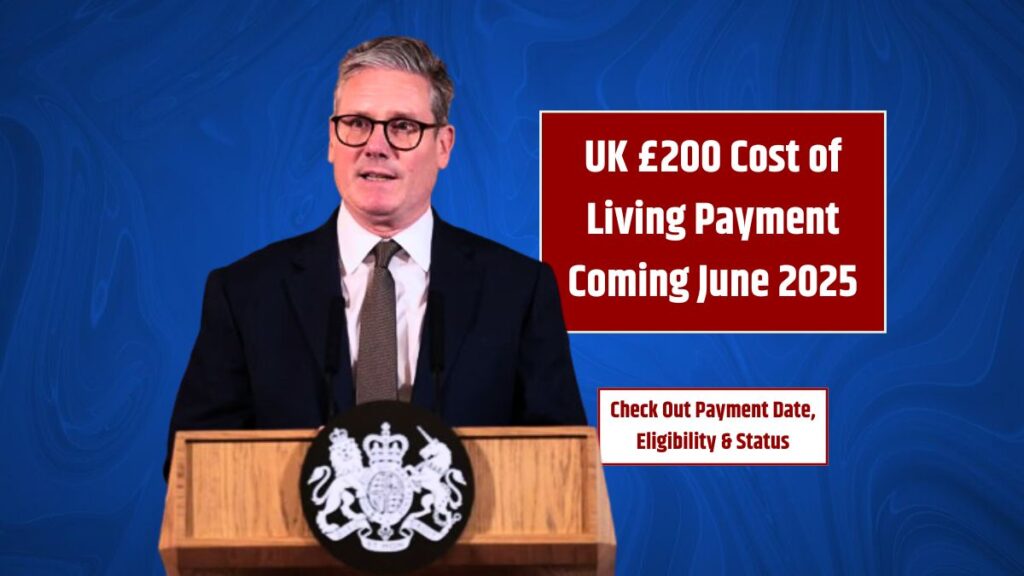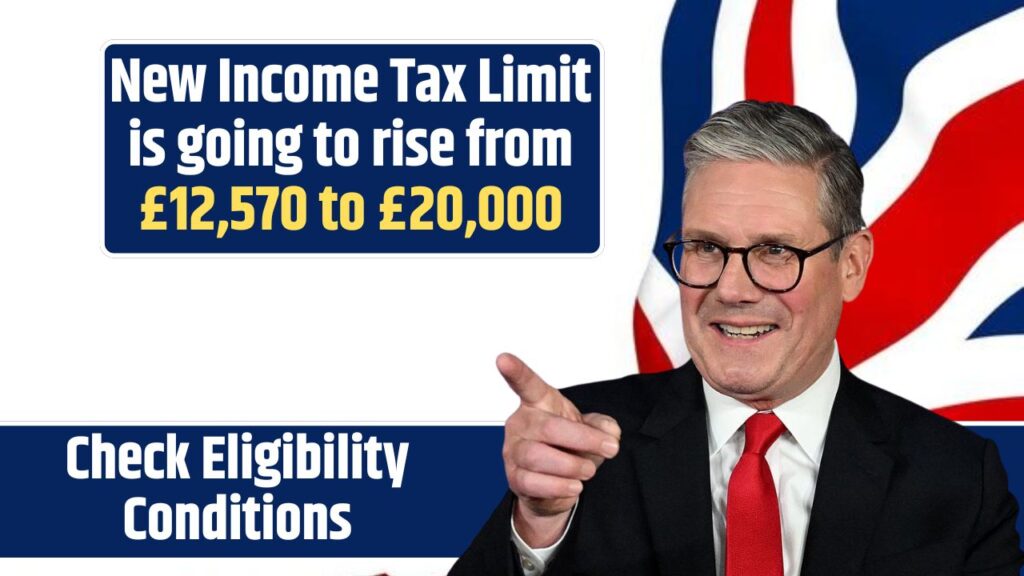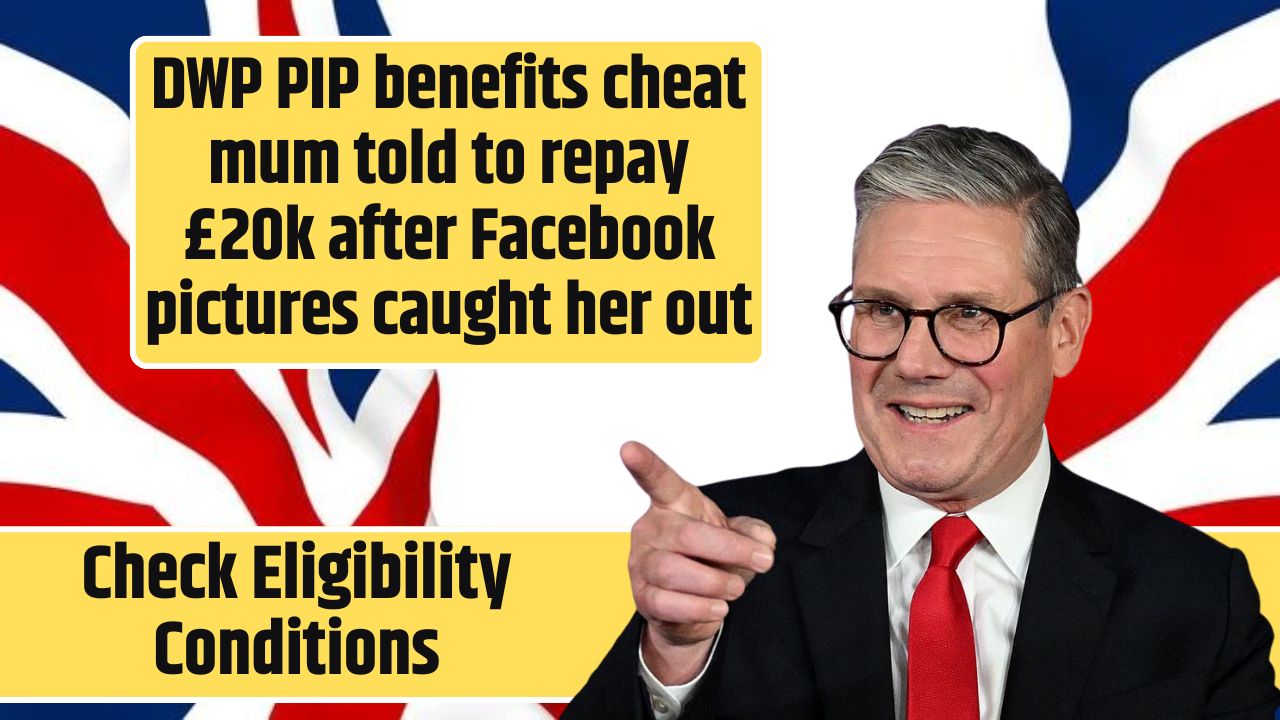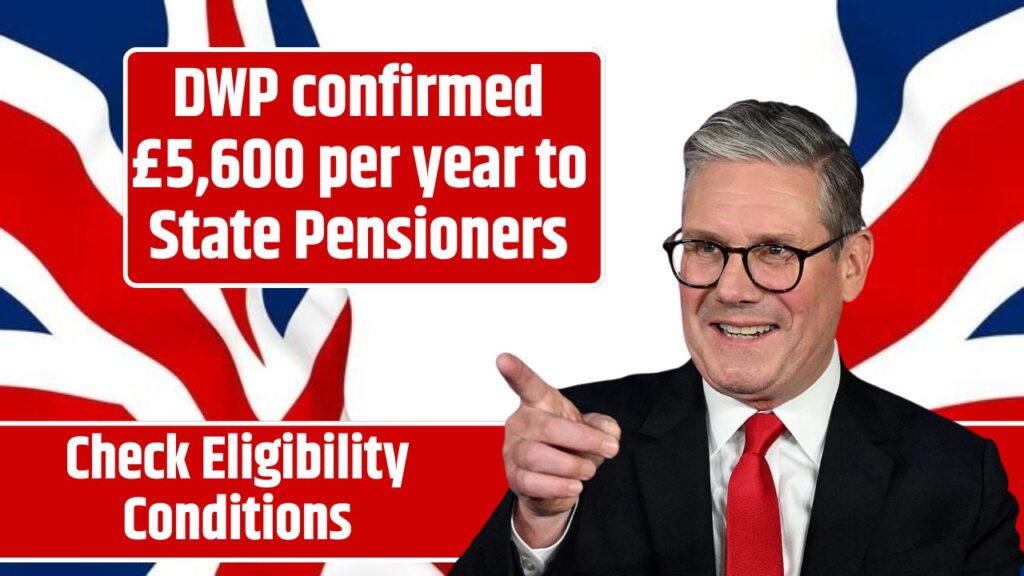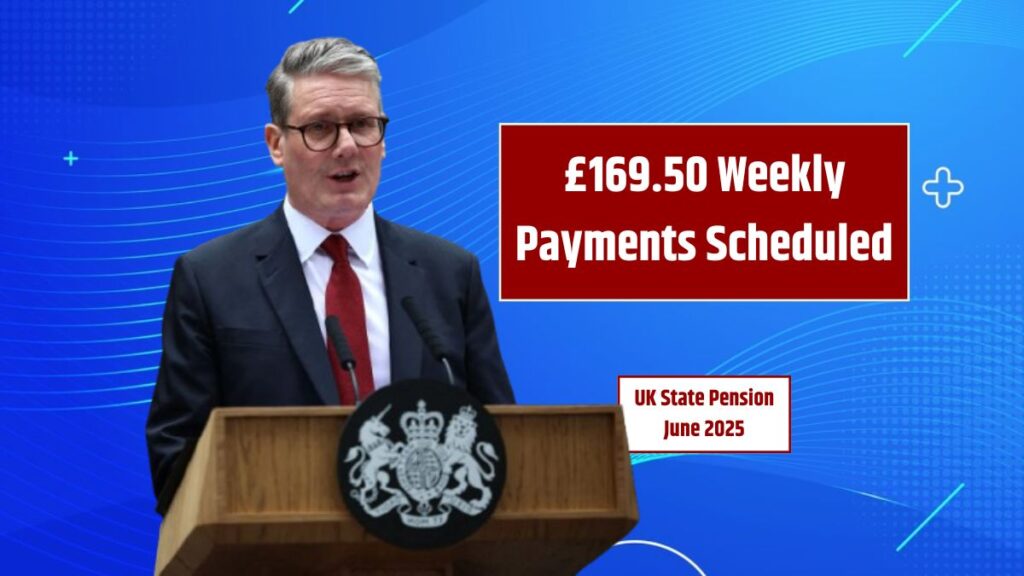Nearly one million Americans are in for a financial surprise: the IRS is rolling out new stimulus payments of up to $1,400 to those who missed claiming the Recovery Rebate Credit (RRC) on their 2021 tax returns. This initiative—worth a total of $2.4 billion—aims to correct an overlooked benefit and provide financial relief to those still feeling the economic effects of the pandemic. And the best part? Eligible individuals won’t need to lift a finger. Here’s everything you need to know about these payments, who qualifies, and how to make sure you’re not missing out.
What Are These New Stimulus Payments?
These payments are part of a corrective measure by the IRS to assist taxpayers who missed out on the Economic Impact Payments (EIPs) distributed during the COVID-19 pandemic. While these payments were sent in three rounds between 2020 and 2021, some eligible individuals didn’t receive the full amounts—or anything at all—due to filing errors or misunderstandings.
The IRS offered the Recovery Rebate Credit as a way for taxpayers to claim any missed stimulus money when they filed their 2021 tax returns. However, nearly 1 million taxpayers left that section blank or filled it in incorrectly. Now, the IRS is stepping in to send the money automatically.
Who Is Eligible for the Payment?
To qualify for this special round of payments, individuals must meet three key criteria:
Filed a 2021 Tax Return
You must have filed a 2021 tax return. This is the only way the IRS can determine your eligibility and process any payments due.
Missed the Recovery Rebate Credit
You may qualify if you:
- Left the Recovery Rebate Credit field blank
- Entered incorrect information about your EIPs
These common mistakes were often made by taxpayers who didn’t realize they qualified for additional stimulus money.
Were Eligible for Previous Stimulus Rounds
You must have been eligible for one or more of the three rounds of Economic Impact Payments issued during the pandemic.
How Much Could You Receive?
The maximum amount an eligible individual could receive is $1,400. However, your final payment depends on:
| Factor | Impact |
|---|---|
| Prior stimulus payments | Any amounts already received will reduce the total |
| 2021 income level | Higher income may phase out eligibility |
| Filing status | Single, Head of Household, or Married Filing Jointly |
| Number of dependents | Each dependent could also qualify for $1,400 |
Examples:
- A single adult who received no prior stimulus may get the full $1,400.
- A family of four (two adults, two children) that missed out could receive up to $5,600.
How Will Payments Be Delivered?
No need to refile or request anything—payments are automatic. Here’s how the IRS is distributing them:
Direct Deposit
If you’ve provided bank account info in your most recent tax filings (such as 2023), your payment will go directly to that account.
Paper Checks
If no banking info is on file, a paper check will be mailed to the address the IRS has on record. It’s a good idea to make sure your address is up to date.
IRS Notification Letters
Recipients will also receive a letter from the IRS with details about the payment amount and how it was calculated. Keep this for your records.
When Will Payments Arrive?
The IRS has set a timeline for these payments to be delivered by late January 2025. Keep an eye on your bank account and mailbox. If your payment doesn’t arrive, contact the IRS or review your 2021 tax return to confirm eligibility.
What If You Haven’t Filed Your 2021 Tax Return?
There’s still time—but not much. If you haven’t filed a 2021 tax return, you must do so by April 15, 2025 to be eligible for the Recovery Rebate Credit.
Even if you had little or no income in 2021, you could still qualify for this payment just by submitting a tax return. This includes:
- Individuals with no job or income
- Part-time workers or gig workers
- Students or retirees
Don’t leave free money on the table—file your return and claim your credit.
Recap of COVID-19 Stimulus Payments
To understand how these new payments fit into the bigger picture, here’s a refresher on the three main stimulus rounds:
| Stimulus Round | Amount per Adult | Amount per Dependent | Legislation |
|---|---|---|---|
| Round 1 (Mar 2020) | Up to $1,200 | $500 | CARES Act |
| Round 2 (Dec 2020) | Up to $600 | $600 | Consolidated Appropriations Act |
| Round 3 (Mar 2021) | Up to $1,400 | $1,400 | American Rescue Plan Act |
Combined, these stimulus rounds totaled more than $814 billion in pandemic aid.
Why Is the IRS Doing This Now?
IRS Commissioner Danny Werfel explained that the complexity of the Recovery Rebate Credit caused confusion. Many people simply didn’t realize they were eligible or misunderstood how to claim the credit. After analyzing their records, the IRS identified nearly one million people who likely missed out.
Werfel emphasized the importance of fairness, stating:
The IRS’s latest initiative is a welcome move for taxpayers who may have unintentionally missed out on pandemic relief. With up to $1,400 on the table—and no action required for most—the process is designed to be simple and stress-free. For those who haven’t filed their 2021 tax returns, there’s still time to get it done and claim what’s rightfully yours.
FAQs:
Do I need to apply for this IRS payment?
No. If you qualify, the payment will be sent automatically.
What if I moved or changed bank accounts?
Update your information with the IRS to avoid delays. Otherwise, a check will be mailed to your last known address.
Can I still get this payment if I didn’t earn income in 2021?
Yes. Even those with zero income can qualify, but they must file a 2021 tax return by April 15, 2025.
How do I check if I claimed the Recovery Rebate Credit?
Review your 2021 tax return or consult a tax professional. Line 30 of Form 1040 is where the RRC was claimed.





